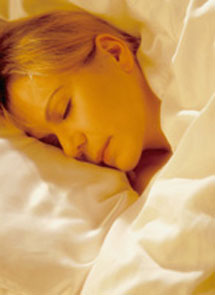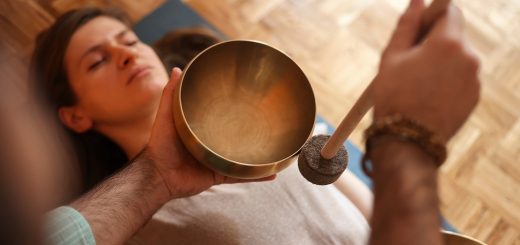A sleep disorder is a disruptive pattern of sleep that may include difficulty falling or staying asleep, falling asleep at inappropriate times, excessive total sleep time, or abnormal behaviors associated with sleep.
More than 100 different disorders of sleeping and waking have been identified. They can be grouped within 4 main categories: problems with staying and falling asleep, problems with staying awake, problems with adhering to a regular sleep schedule, and sleep disruptive behaviors
SLEEP DISRUPTIVE BEHAVIORS
Abnormal behaviors during sleep are called parasomnias, and are fairly common in children. They include:
Sleep terror disorder
Sleep walking
REM behavior disorder (a type of psychosis can develop related to lack of REM sleep and lack of dreaming)
Sleep terror disorder is an abrupt awakening from sleep with fear, sweating, rapid heart rate, and confusion. Sleep walking is not remembered by the person doing it and affects children 2 to 12 years old. In adults, it may also be caused by an organic brain syndrome, reactions to drugs, psychopathology and medical conditions.
Symptoms:
Awakening in the night
Difficulty falling asleep
Excessive daytime drowsiness
Loud snoring
Episodes of stopped breathing
Sleep attacks during the day
Daytime fatigue
Depressed mood
Anxiety
Difficulty concentrating
Apathy
Irritability
Loss of memory (or complaints of decreased memory)
Lower leg movements during sleep
Note: The symptoms may vary with the particular disorder.
Signs and tests
Multiple sleep latency test
Polysomnography
Treatment
Insomnia – The treatment is related to the cause, if it is determined. If there is an obvious physical or psychological cause, it is treated. Attempts to control environmental and lifestyle factors such as too much light, noise, caffeine or other stimulants, or erratic hours of wakefulness should be made. Sleeping drugs should be used only when prescribed by a health care provider.
So, what are some of the ways that you can begin to control your environment? One of the most important ways you can control your environment is to begin to reduce the amount of noise and light that enters your bedroom at night. You can reduce the noise in your bedroom by installing noise absorbing materials in the walls, ceiling, and floor. Windows may pose more of a problem in terms of noise reduction. However, at Sound Renovation, they recommend windows that contain a thin layer of Argon gas between the panes because it offers a significant amount of noise reduction. As far as light goes, make sure that you install black out curtains on your windows. These will have the double benefit of reducing light and noise. Clearly, these improvements aren’t going to cure your insomnia. But they can make it much easier to live with.
Hypersomnia – Sleep apnea is treated with weight reduction and the administration of air under pressure through the nose. Occasionally, surgery or other measures may be needed. Narcolepsy is treated with stimulating medications during the daytime. Restless leg syndrome is treated by treating the underlying disorder and with opiate or dopaminergic agonists.
Parasomnias – Night terrors are treated with hypnosis, guided imagery techniques and benzodiazepines, but safety measures are needed to prevent people from harm during nighttime walking.
***************************************************
* Excerpts compiled from A.D.A.M., Inc.





